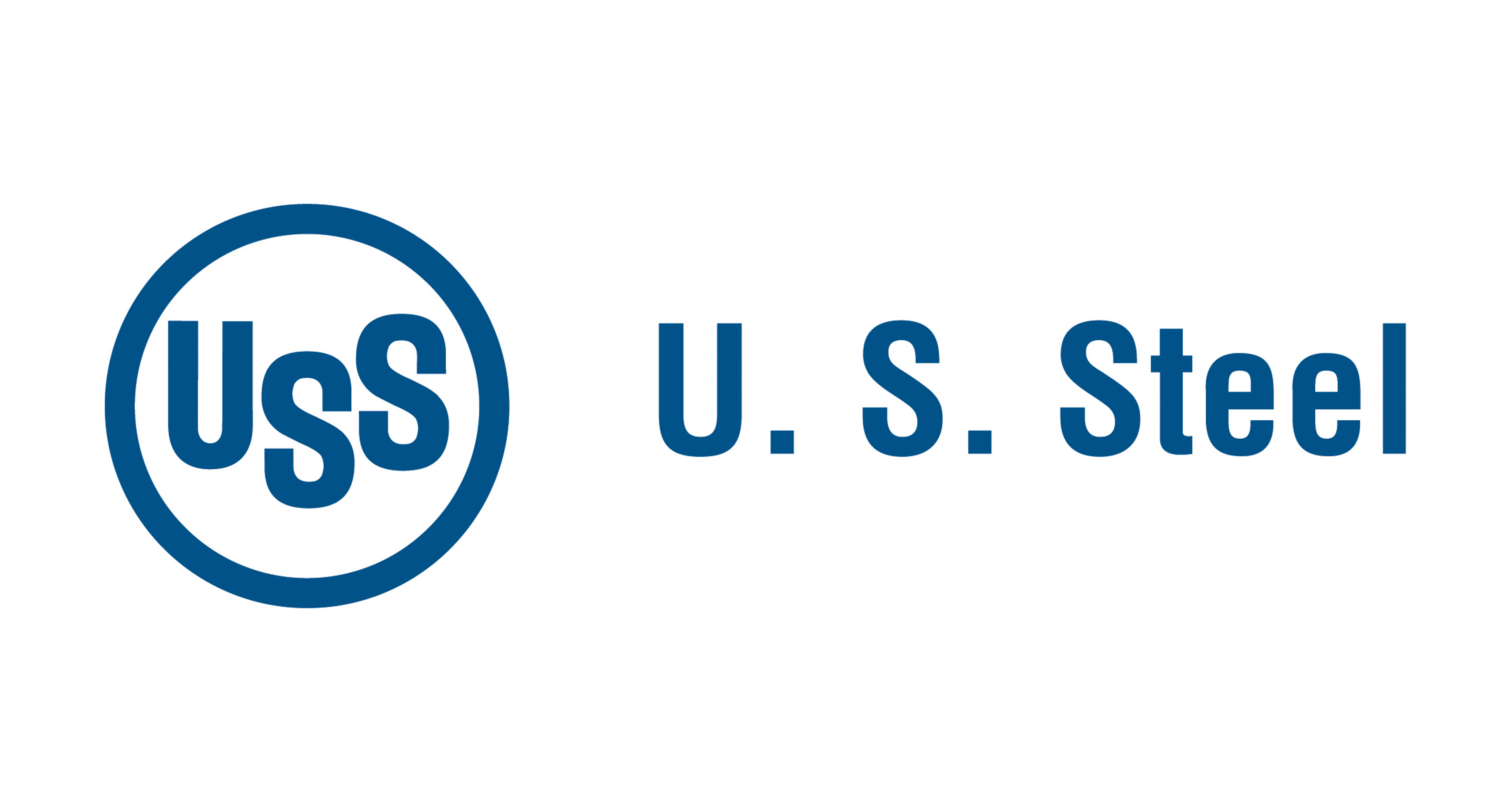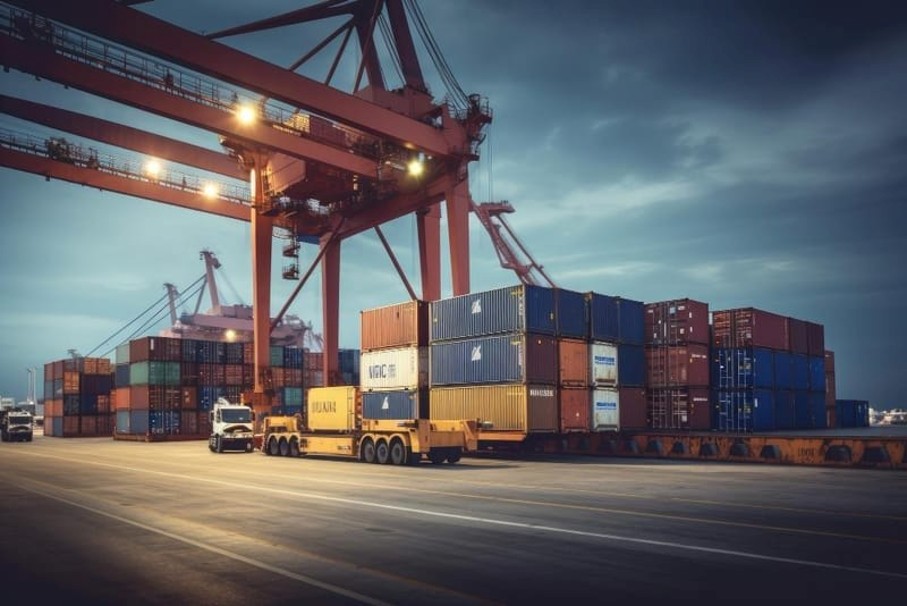Government/Policy

October 15, 2019
CRU: Our Predictions on U.S.-China Mini-Trade Deal Were Correct
Written by Tim Triplett
By CRU Senior Economist Yizhe Daniel Xie
The two-day trade negotiations between the U.S. and China ended last Friday. China promised to purchase $40-50 billion worth of agricultural products from the U.S., liberalize its financial market, and take steps to address U.S. concerns on intellectual property and the RMB exchange rate. In exchange, the U.S. removed its planned Oct. 15 tariff hike (from 25 percent to 30 percent) on approximately $250 billion of Chinese goods.
This is a phase one deal and our view remains that the U.S.-China trade issues will rumble on through 2020. This is because many details behind the deal are lacking, and the Chinese media has been cautious in its reporting suggesting a risk that certain verbal promises will not be kept (as happened in May 2019).
China and the U.S. have four to five weeks to nail down this phase one deal. As we write this, Bloomberg reported that Beijing wants to talk more before finalizing any deal. This aligns with our view as published by CRU Oct. 11 just prior to the announcement: “U.S. China Trade War Will Rumble On Even if There is a ‘Mini’ Deal.”
RMB/USD Exchange Rate Volatility Will Continue
On the RMB/USD outlook, we would like to stress that our expectation is of continued volatility, the extent of which to be driven by U.S.-China trade talks. Despite negative Chinese trade data, RMB/USD appreciated to a near two-month high, reaching 7.05, following the outcome of last Friday’s mini-deal. And then the RMB rose to 7.08 when it was reported that China wanted to talk more before signing the mini deal.
Three things to watch closely in the coming months
• Will China and the U.S. need to meet again later this month or early next month? Such a meeting would signal details of the deal are still being thrashed out. Our view is that time is of the essence here because Liu He needs to get the Dec. 15 U.S. tariff hikes (from 10 percent to 15 percent) on $160 billion of Chinese exports off the table for Xi to feel comfortable to sign the deal.
• Second, will Trump and Xi hold another summit at the APEC meeting in Chile on Nov. 16-17, 2019? We believe this will happen, but we do not expect a comprehensive deal to be reached at that point.
• Third, will the scheduled Dec. 15 tariff increase take effect? The recent trade negotiations suggest that there will be public pressure to avoid tariff hikes 10 days before Christmas.






